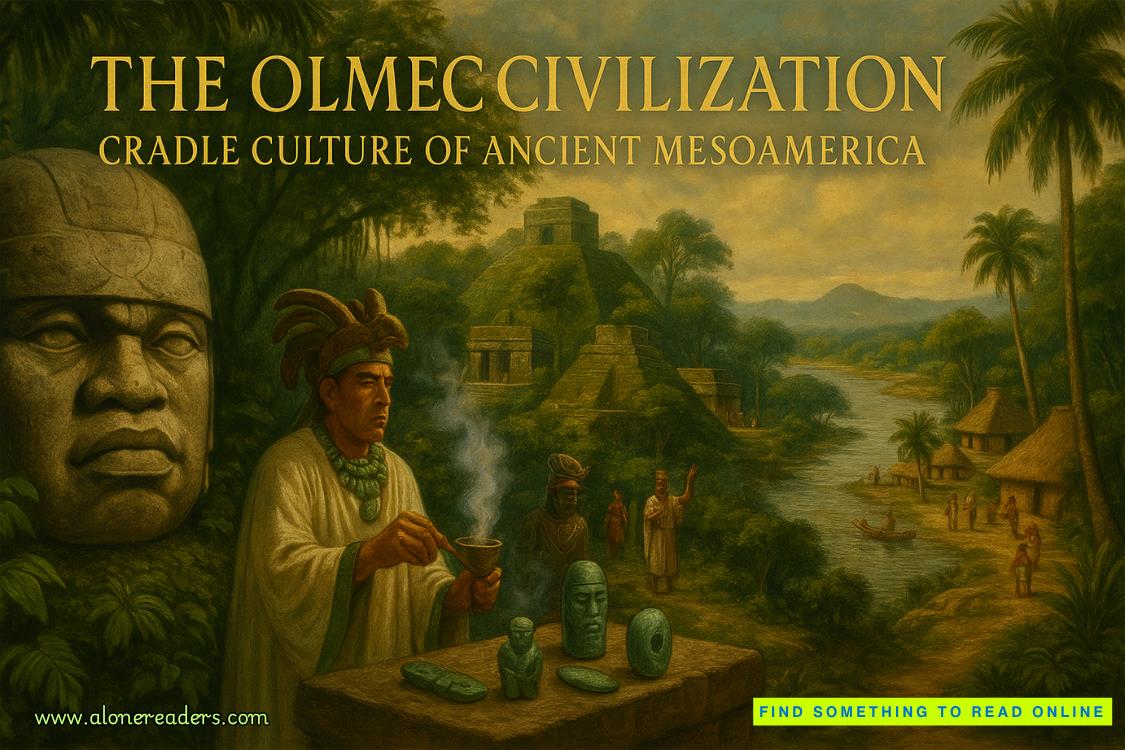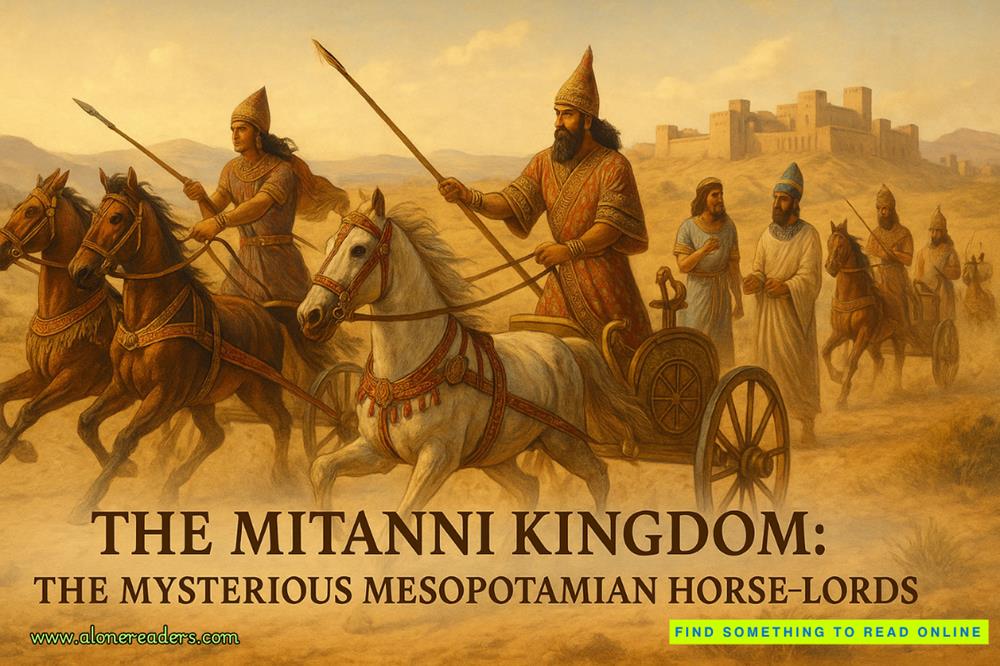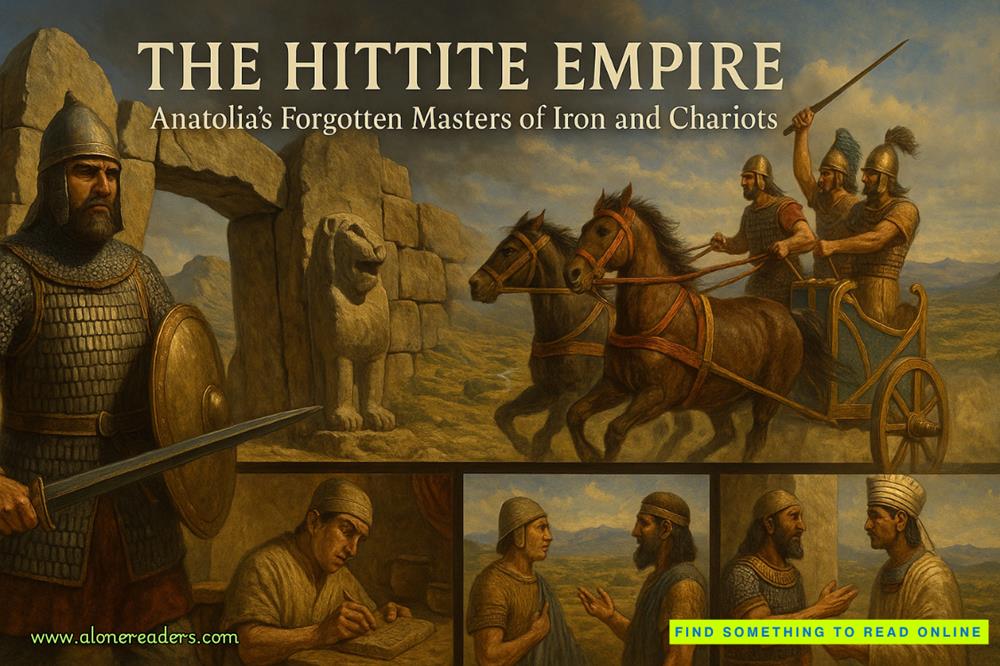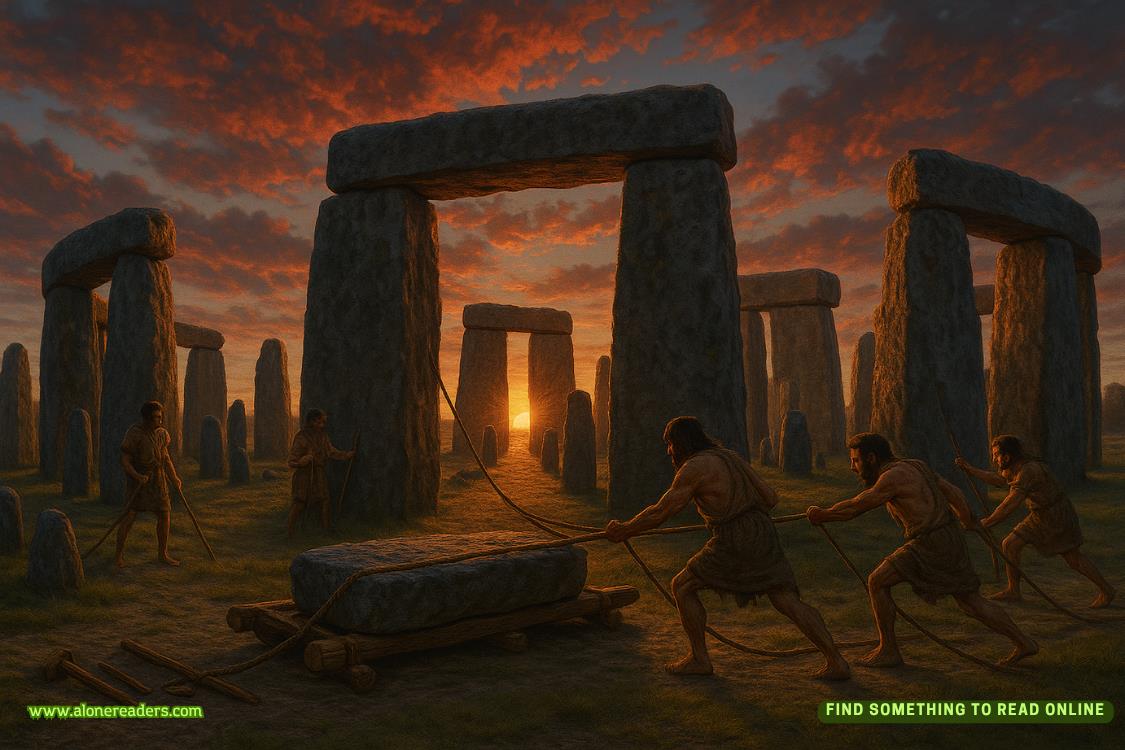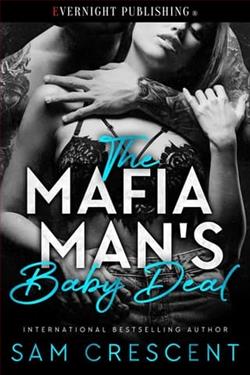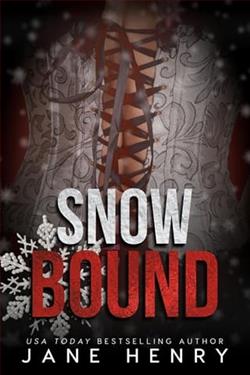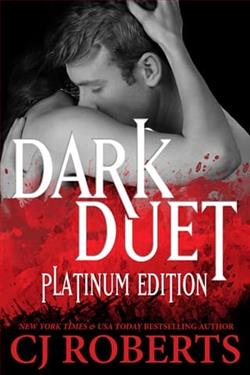Page 30 of Drawing Home
She barely heard him. There, behind the bar, were a series of framed drawings she hadn’t noticed before. Could they be…she eased her way off the chair and walked around the edge of the bar to the wall. On closer inspection, she saw that the sketches had been done on…cocktail napkins? Men fishing off the wharf. A piano player. A close-up of the backgammon table from the lobby, a male hand rolling dice.
“I’ll be damned,” she said.
“Bea, did you hear what I said?”
She turned to him, pointing at the drawings. “These are Henry’s! Like the ones at the house. And I saw others like them in a gallery on Washington Street. He spent the last year or so, I don’t know how long, giving his work away. Just giving it away!”
“I’m concerned about you, Bea,” said Kyle.
“Be concerned about yourself,” she snapped. “You’re the one who is unemployed.” She grabbed her phone and began taking photos of the sketches.
She wanted to tell Kyle to go to hell—she didn’t need his charity. And then Emma Mapson walked by leading a group to one of the tables near the fireplace. Bea quickly looked away, her eyes falling again on Henry’s framed drawings.
What, what,whatwas going on? Could Kyle be right? That this terrible turn of events was somehow legitimate?
She’d never felt more alone.
“Fine,” she said to Kyle. “I’ll take you up on the two weeks. Frankly, it’s the least you can do.”
Kyle ordered another whiskey.
The painted sign out front was white with blue lettering and readMUSEUM: SAG HARBOR HISTORICAL SOCIETY. THE 1796 HOME OF ANNIE COOPER BOYD.
Penny followed Angus up the gravel path to the old house. Someone had stuck little American flags in the grass over Memorial Day weekend and they were still there. Penny knew they would remain there until the wind uprooted them and carried them away in the winter. Once something made an appearance at the historical society, it stayed at the historical society. On the front porch, exhibit A: An ancient carriage or sled of some sort that seemed to be made of wood and bones. It looked like it had been dropped there by Father Time himself.
Nothing ever changed at that place. It was a museum, so she supposed that was the point. But it wasn’t like a museum that was shiny and new with all the old stuff in glass cabinets or framed on the walls.Everythingwas old. It had low, wood-beamed ceilings and a fireplace, above which hung a big portrait of a guy who looked like Abraham Lincoln but was some local doctor from the 1800s named Edgar Miles.
Random Christmas decorations hung year-round. One table in front of a window featured antique medicine bowls and pharmacy equipment; the window ledge was filled with antique glass bottles. These were from the exhibit calledPills, Plants, and Poultices,about the pioneering doctor who brought herbal medicine to the town in the mid- to late 1800s.
A framed illustrated guide to the history of the village whalers hung next to a strange but informative collage of images and trivia with the labelDr. E. Miles headache or stomach pills.Below, it posed a question:What was in those pills?And then a bunch of cards with various plants and flowers.
“When are you putting together a new exhibition?” Penny asked Angus. She hoped he could find something more interesting for her to look at every day. Maybe a costume show? Surely there had been someone in town who embroidered dresses or made hats or something.
“Maybe at the end of the summer,” Angus said, turning on the lights and walking to the back room. He called for her to follow him.
“So, if you’re not changing the exhibition, what am I going to do here every day?”
“Very good question! Come this way and I’ll show you.”
Angus seemed way too excited. Penny followed him to the small back office tucked behind a wooden door hung with a colorful wreath. One shelf was filled with copies of a thick hardcover book calledSag Harbor: The Story of an American Beauty,by Dorothy Ingersoll Zaykowski. Penny’s mom had a copy in her bedroom.
“Elizabeth invested in a new computer system,” he said, booting up a laptop.
“Who’s Elizabeth?”
“Elizabeth Tripp Gregory, head of the board of directors. She’s a relative of Joan Bates Tripp.” Penny knew that name. It was on a plaque outside the front door; she’d founded the museum in 1985. “Now, my eyesight isn’t what it used to be and I can’t be staring at this screen all day. But I know you kids just love your screens, so it shouldn’t be a problem for you.”
Penny felt a surge of hope. A computer! Suddenly, the entire spectrum of her day changed. She had six blissful hours of YouTube videos ahead of her.
“Now, what we have to do is get the museum archives logged in the system. The new program will make everything searchable by name and subject matter. Amazing, right?” he said, mistaking her smile as enthusiasm for the task at hand.
He sat in the desk chair and pulled up a screen that was filled with fields for data. He explained that there were different sections for different types of artifacts; books and diaries were logged in one section, postcards and other documents in another section. There was one whole section for maps, one for furniture, another for portraits. “I don’t expect you to get this all done in one week or even one month,” he said. “But every day, just chip away at it. That’s how something gets accomplished.”
Angus set a box of books and papers on the desk and left her to get to work.
She waited a minute, checked to make sure he was gone, and then scurried over to the computer and found the internet browser. She clicked on it. No connection. She went to settings and searched for Wi-Fi networks, but there was nothing except locked accounts from nearby businesses. No way. It couldn’t be; even the whaling museum had Wi-Fi!
“Oh my God.” The stretch of hours ahead of her seemed like a lifetime. She felt like the walls of the small office were moving even closer together.
